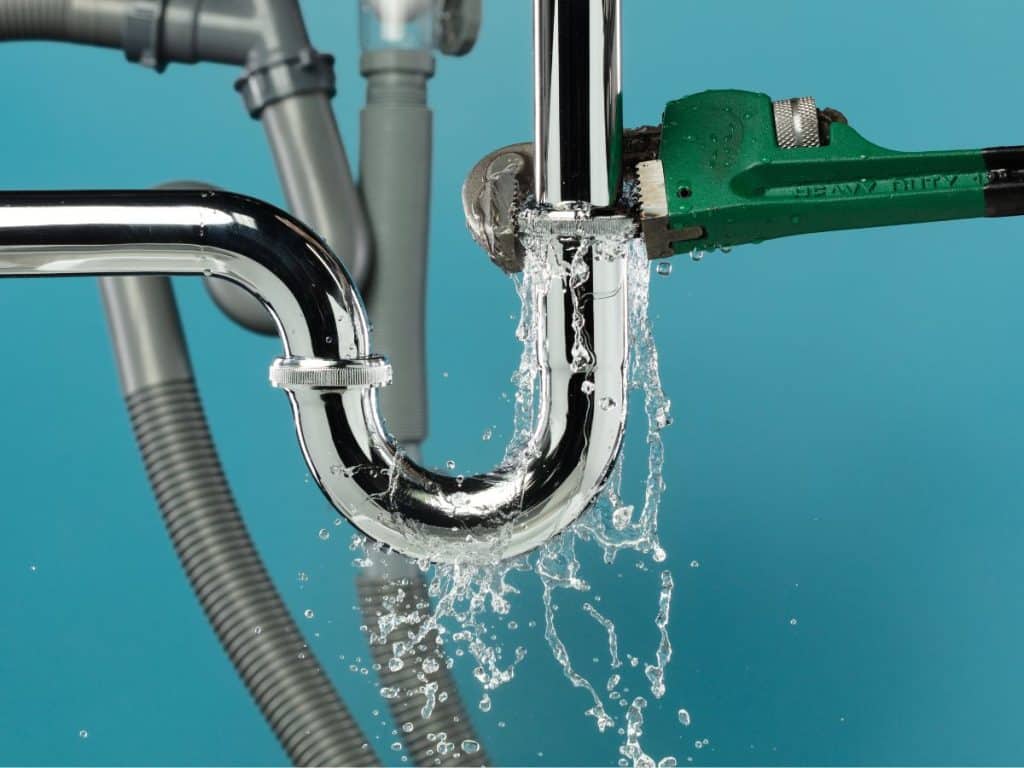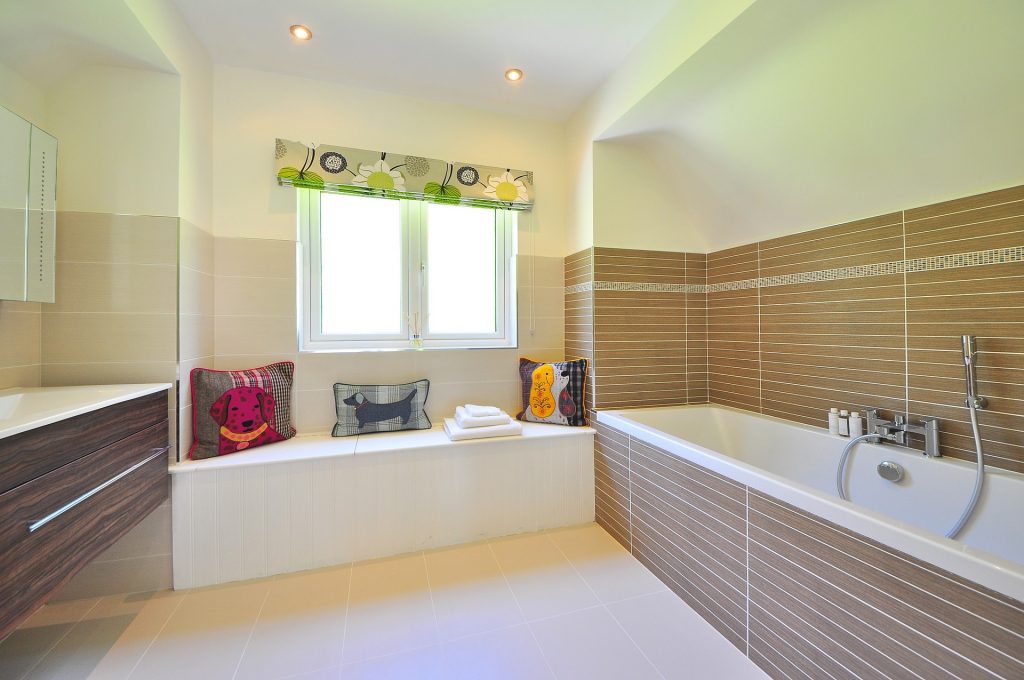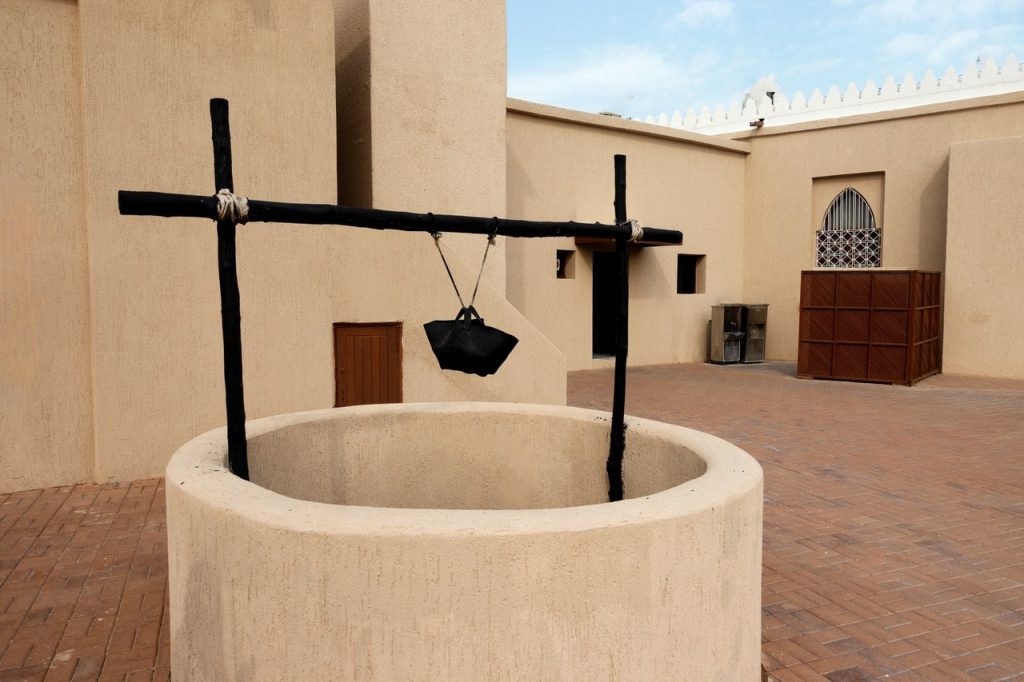If you’re wondering how to fix a leak under the bathroom sink, you’re not alone. Leaking under the bathroom sink can be frustrating, especially when you notice a pool of water on the floor or a constant drip. These kinds of plumbing issues are common in many homes, and while it might seem daunting at first, you don’t always need to call a plumber immediately.
With patience and the right tools, you can often handle the fix yourself before any severe water damage occurs.
In this guide, we’ll explain how to identify the source of the leak and provide easy-to-follow steps to repair it. By the end of this post, you’ll know how to handle a leak under your sink and when it’s time to call a professional.
Identifying the Source of the Leak
The first step in fixing any leak is finding exactly where it originated. A leaky faucet, drain pipe, or P-trap under the sink can all be culprits. Before grabbing any tools, look at the under-sink plumbing and see if you can spot the leak’s origin.
- Loose connections or faulty seals can cause leaks around the bathroom sink drain. Check the connection where the flange meets the bottom of the sink for signs of leaks.
- P-trap is the U-shaped pipe under the sink designed to trap debris and prevent sewer gases from entering your home. Over time, it can develop cracks or dislodges, leading to leaks.
- If the drain pipe is loose or damaged, water can seep out when the sink is in use.
It’s essential to scrutinize these areas, as the leak’s source may soon be apparent. Grab some paper towels to dry the area, then check for new leaks after running water. Once you’ve identified the source, you’re ready to learn how to fix the leak under the bathroom sink effectively.
Common Causes of Leaks Under Bathroom Sinks
Loose or Worn-Out Connections
Compression fittings and supply line connections can become loose due to normal wear and tear as the plumbing system ages. These loose connections are often the cause of leaking pipes. If they’re loose, you’ll want to check and tighten all these connections. A simple twist with a pair of pliers can solve the issue.
Faulty P-Trap or Drain Pipe
The P-trap or drain pipe can also be the source of leaks. Due to frequent exposure to water, the P-trap can crack over time or develop corrosion. In some cases, improper installation or movement can cause the drain pipe to become misaligned, leading to leaks.
In this case, you may need to remove and inspect the P-trap to check for a cracked slip nut or damaged PVC. If needed, replace the part or reseal it with a plumber’s putty for a watertight seal.
Worn O-Rings or Rubber Gaskets
If the O-rings or rubber gaskets in the faucet or compression fittings are worn out, they won’t form a proper seal, leading to drips or leaks. Replacing these small parts is straightforward and can make a big difference in preventing leaks.
Step-by-Step Guide to Fixing a Leak
1. Turn Off the Supply
Before making any repairs, turning off the sink’s water supply is crucial. Find the shut-off valves under the sink and turn them clockwise. This will prevent any more water from leaking while you work.
2. Disassemble the Components
Using a pipe wrench, carefully disassemble the necessary parts of the faucet, P-trap, or drain pipe. Be sure to have a towel or small bucket handy to catch water in the pipes. Inspect each part for signs of wear, cracks, or damage that could be causing the leak. If you’re working on the stopper mechanism, ensure it functions correctly and forms a proper seal.
3. Tighten or Replace the Leaky Part
If the issue is a loose pipe or fitting, tighten it securely. If you’ve identified a worn washer, cracked P-trap, or faulty O-ring, replace the part with a new one. Apply the plumber’s tape or sealant if necessary to ensure a tight connection.
4. Test for Leaks
After reassembling everything, turn the water back on and run the sink. Check the repaired area for any signs of a continued leak. If everything looks dry, your repair was successful!
When to Call a Professional Plumbing Service
While many DIY plumbing fixes are manageable for homeowners, there are some cases where you’ll want to call in a professional. If you notice severe water damage or persistent leaks or find that the problem isn’t quickly resolved, it’s time to seek help from a licensed plumber.
Issues like clogged pipes, corrosion, or more significant plumbing repair problems can sometimes be too complex to handle alone. It’s always better to be safe than sorry when preventing further damage to your home.
Tips to Prevent Future Leaks
Regular plumbing maintenance is vital to avoiding future leaks. Here are a few tips:
- Check compression fittings and water supply lines periodically for any signs of looseness or wear.
- Inspect the P-trap and drain pipe for cracks, corrosion, or leaks around the flange and replace parts as needed.
- Perform routine inspections to catch minor issues before they become significant problems.
By making use of these proactive steps, you can minimize the chances of leaks and keep your bathroom sink in excellent working order.
Trust American Home Water & Air for Expert Help
Knowing how to fix a leak under a bathroom sink is essential for homeowners, as this common plumbing issue can often be resolved with a few simple steps. By addressing the source of the leak, tightening loose pipes, or replacing worn-out parts, you’ll stop the leak before it leads to water damage. Remember, if the job seems too big or you’re unsure about any step, don’t hesitate to contact a professional plumbing service for help.
Don’t let a small leak become a big problem—contact American Home Water & Air today for expert plumbing services and peace of mind. Whether you’re facing a persistent leak or want reassurance that your plumbing system is in top shape, our team is here to help!














